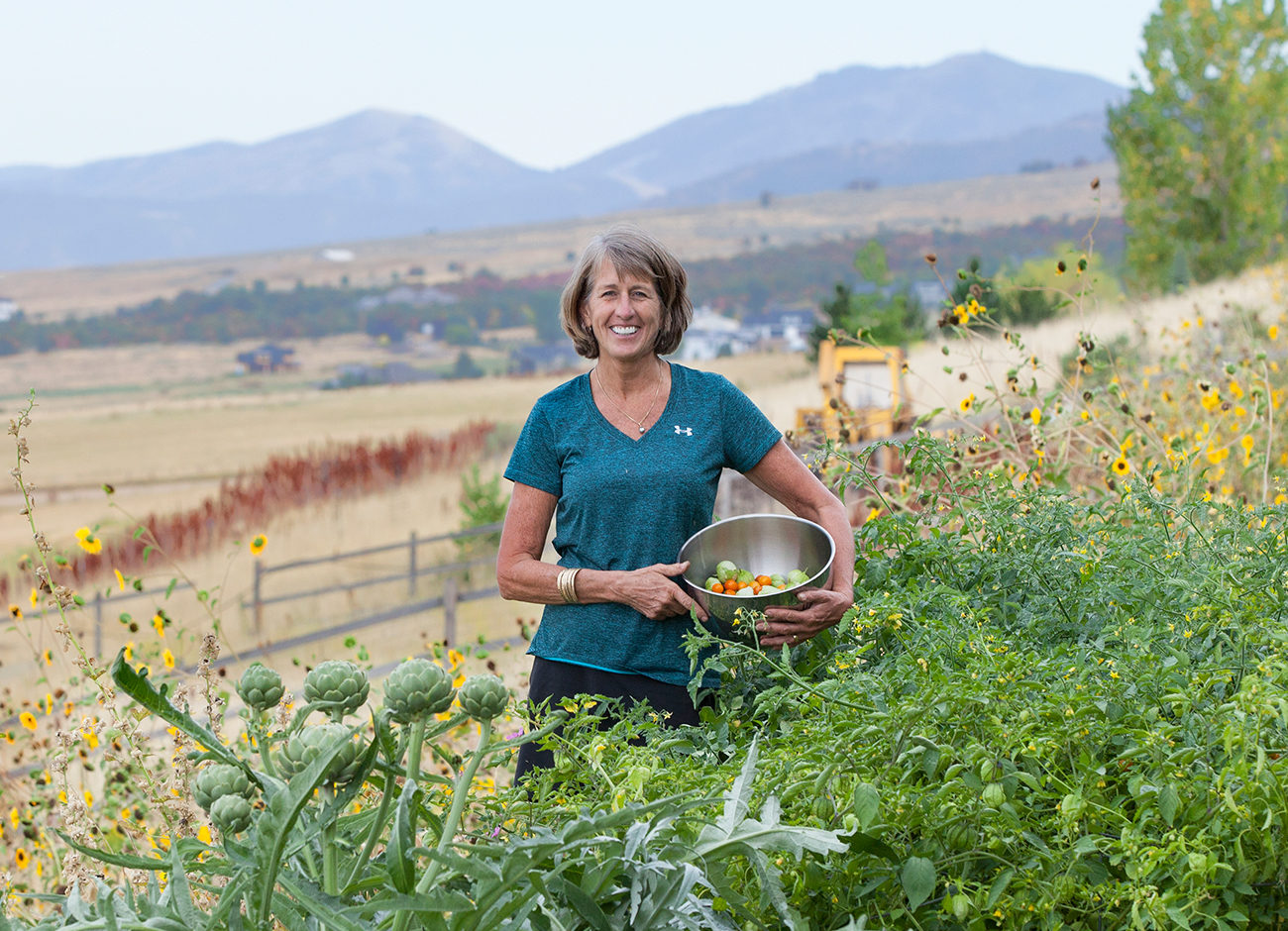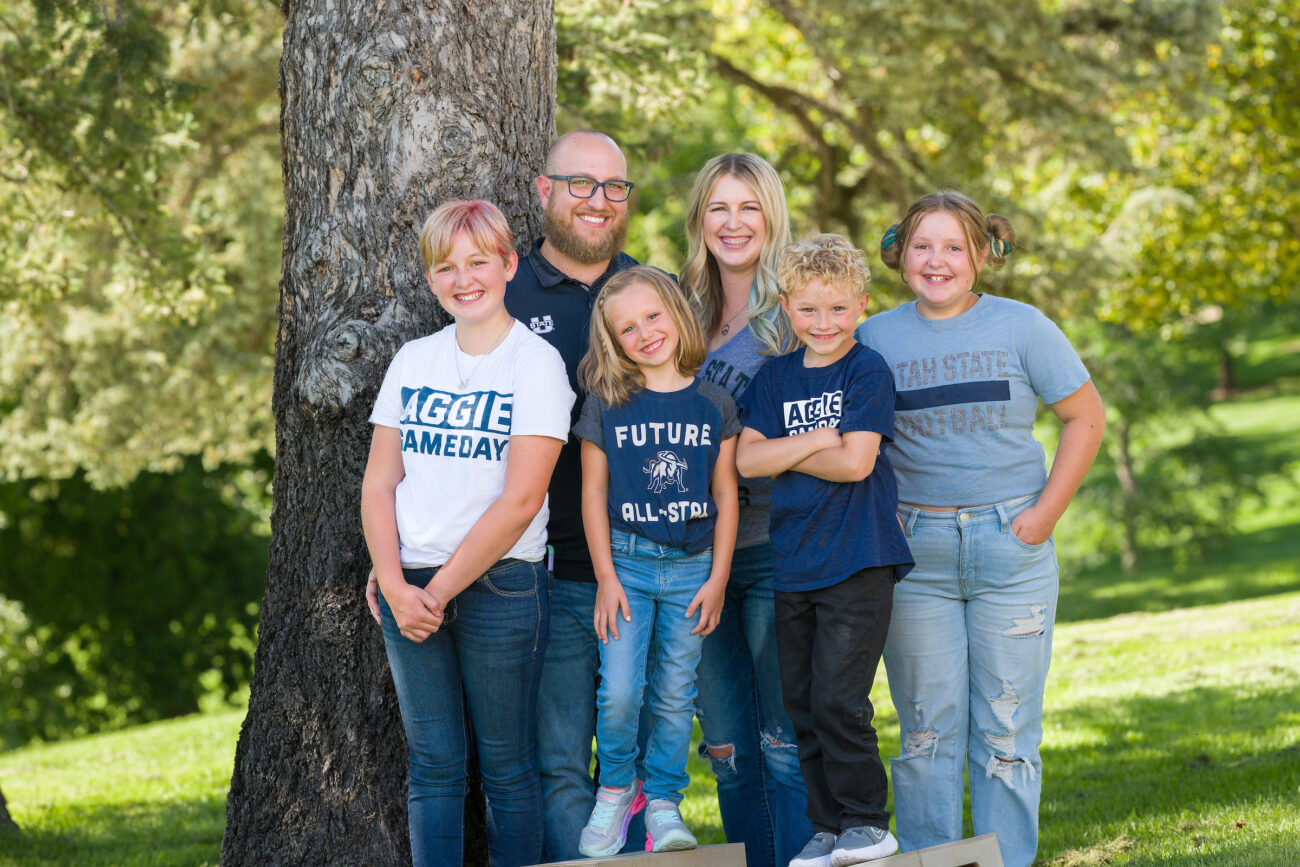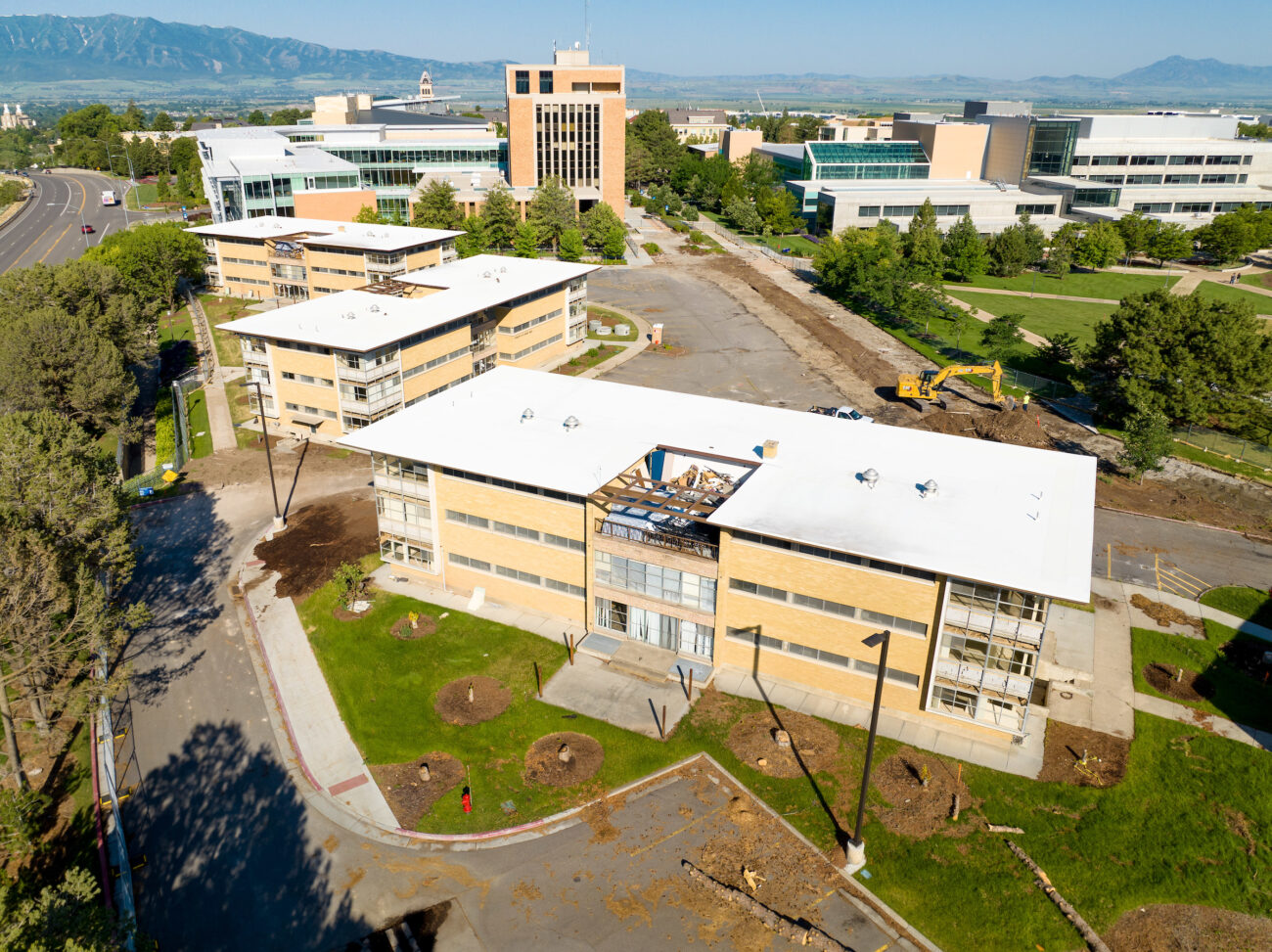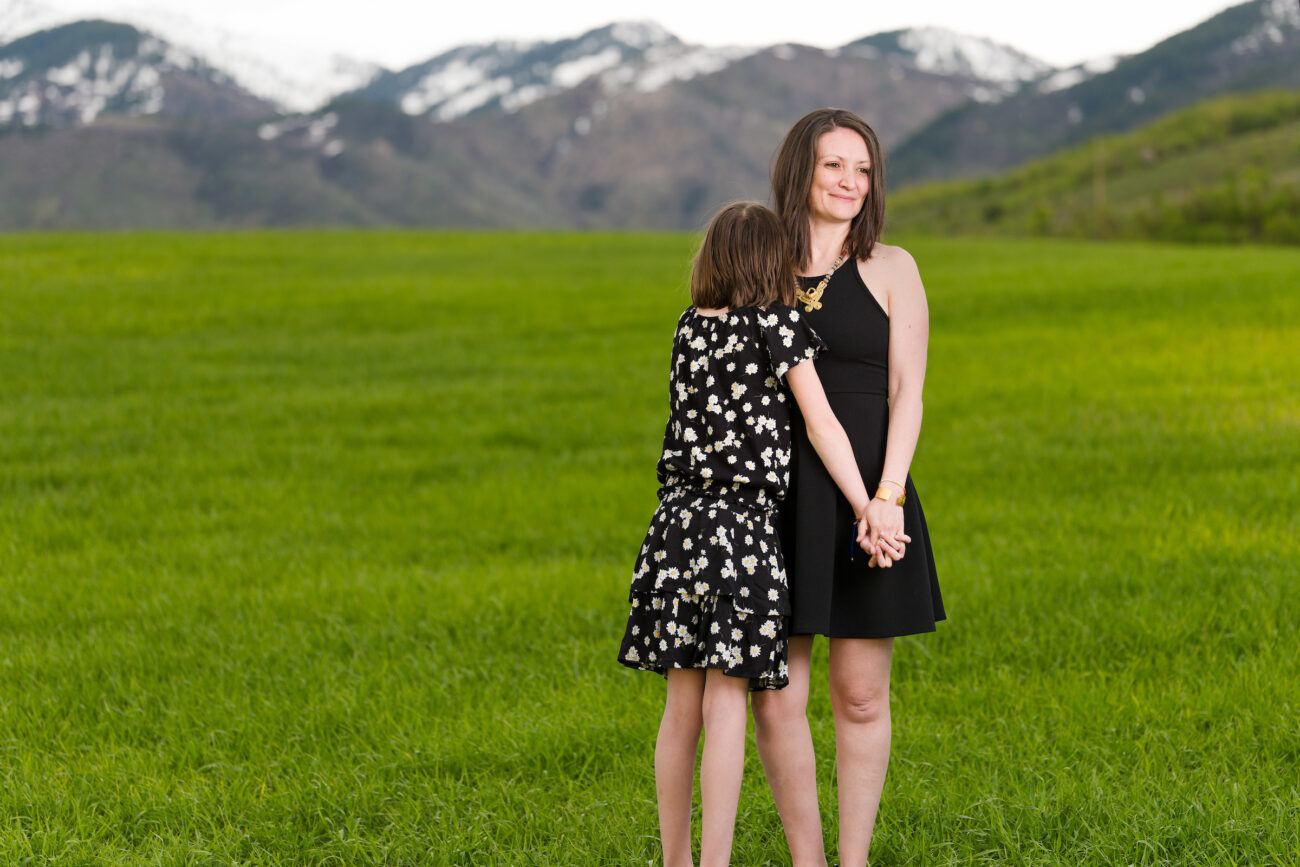A Note from Noelle: Planting Something New

I grew up spending summers on my uncle’s ranch in Montana with my two older brothers.
I baled hay, branded cattle, and plowed fields. The ranch was where I was first exposed to animal breeding and genetics, which I pursued as a master’s and doctoral student at Oregon State University. That part of my history has been well publicized since I became president of Utah State University, but I’ve another part of my story that is not so well known and that involves gardening.
My father was a farmer by trade, and he also loved to garden. He planted a half-acre vegetable garden as well as annual and perennial flowers every year. My father died when I was in the third grade, but my best memories of him were working alongside him in the garden. I loved being out there with him.
I still love being outside in the garden especially when the sun is out and the birds are chirping. It’s a meditative experience. It’s my free time. The best part is working and improving the soil. (I have been known to rototill other people’s gardens for fun.) I really enjoy planting seeds and starts and then watching them grow and flourish.
Gardening has been a lifelong learning project for me. I have a binder of information downloaded from USU Extension’s website, and I reference the information whenever I need to troubleshoot a garden pest or learn more about a particular variety of vegetable I’m growing. Every year I plant something new—last year it was Brussels sprouts and this year is artichokes—and I keep a journal of what I plant, when I plant, and how it worked out. It’s a little like performing research.

Noelle displays some of the harvest from her garden in Mendon, Utah.
Within my extended family, a college education was not something we were encouraged to pursue. But my father had other plans for his children. Before he died, he had my mother promise him that all six of their children would all go to college. I attended Montana State University as an undergraduate and OSU as a graduate student—both land-grant institutions like USU.
Land-grant universities opens the door for students to new professional opportunities. At USU I have focused on genetics in sheep, such as mapping the sheep genome and studying economically important traits like callipyge, a mutation that boosts muscle development in the sheep’s hind quarters. Introducing this trait into other species like goats through genetic editing could address food shortage in third-world countries where meat is scarce or unaffordable.
Agricultural research like this happens across our university every day since its inception. USU was founded under the Morrill Land-Grant Agricultural and Mechanical College Act of 1862 which was designed to promote the agricultural and mechanical arts. Until 1957, USU was known as the Utah State Agricultural College—and still is to some alumni. While our focus has broadened over the decades, USU still engages in areas critical to workforce development in agriculture, food production, and human health and wellbeing.
USU has people investigating the health properties of functional foods in the nutrition science program, researchers developing new strains of wheat for dryland farming, and individuals studying native plants for water efficiency properties in the horticulture program. As a gardener, I frequently shop at greenhouses—many actually know me by name—and whenever possible, I purchase plants developed at USU. Once home, I dig a hole, loosen the dirt between my fingers, add some fertilizer and water, and then wait to see if the roots take hold.





